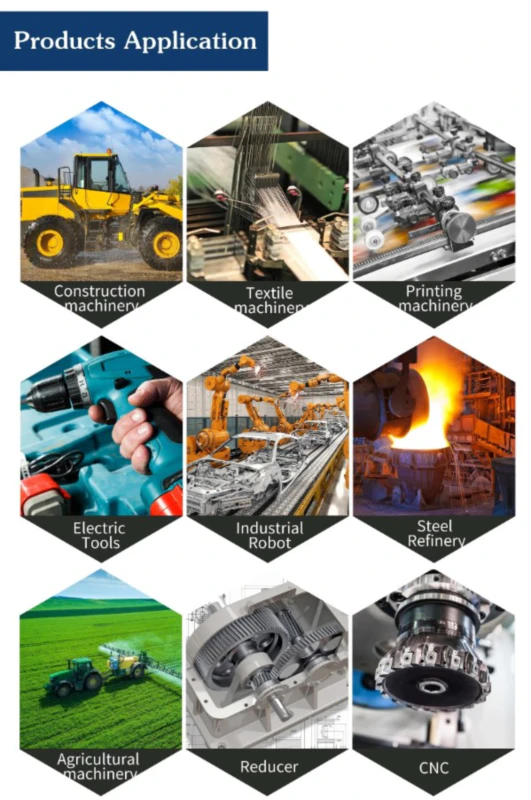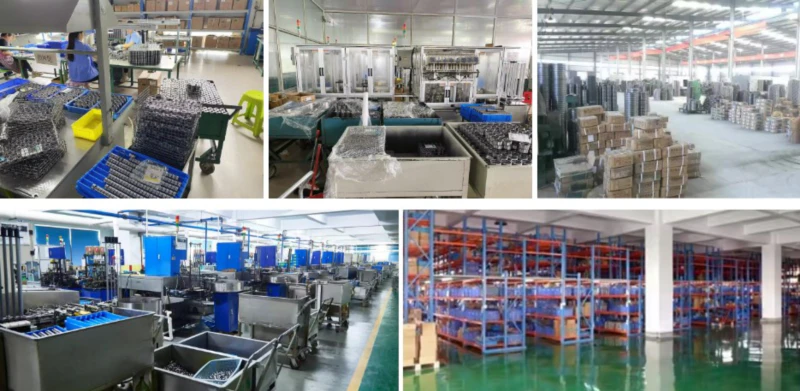Track Bearings Bearing Failure Avoidance Guidelines
Introduction
In this article, we will discuss the guidelines for avoiding bearing failure in track bearings. These guidelines are crucial for maintaining the optimal performance and longevity of track bearings in various applications.
Understanding Track Bearings
Track bearings, also known as track rollers or cam followers, are specialized bearings designed for applications where linear motion is required. They are commonly used in industries such as automotive, manufacturing, and material handling.
Types of Track Bearing Failures
There are several common types of track bearing failures that can occur. It is important to be aware of these failures and take proactive measures to avoid them. The following are some of the most prevalent failures:
Fatigue Failure
Fatigue failure occurs due to repeated stress cycles over time. It can be caused by factors such as improper lubrication, excessive load, or inadequate bearing design.
Contamination
Contamination is another leading cause of track bearing failure. It can be in the form of dirt, dust, water, or other foreign particles that enter the bearing and hinder its smooth operation.
Misalignment
Misalignment can occur when the track bearing is not properly aligned with the mating components. This can cause uneven load distribution and premature wear on the bearing.
Guidelines for Avoiding Track Bearing Failures
To prevent track bearing failures and ensure optimal performance, it is essential to follow these guidelines:
1. Proper Lubrication
Regular and proper lubrication is crucial for the smooth operation and longevity of track bearings. Use high-quality lubricants recommended by the manufacturer and follow the lubrication schedule strictly.
2. Adequate Load Capacity
Ensure that the track bearing is selected to handle the anticipated load capacity. Excessive load can lead to premature failure, while insufficient load can cause skidding and reduced performance.
3. Correct Installation
Follow the manufacturer’s installation instructions carefully to ensure proper alignment and fit of the track bearing. Improper installation can lead to misalignment and premature failure.
4. Regular Inspection
Perform regular inspections to identify any signs of wear, contamination, or damage. Promptly replace any worn or damaged track bearings to prevent further complications.
Company Promotion and Introduction
Our company is a leading player in the Chinese reducer market, specializing in various products such as servo reducers, plastic gearboxes, gear motors, worm gearboxes, and worm reducers. With state-of-the-art CNC production equipment and automated assembly systems, we are committed to delivering high-quality products, competitive prices, and excellent customer service.
Conclusion
In conclusion, following the guidelines for avoiding track bearing failures is crucial for maintaining the optimal performance and longevity of these bearings. By implementing proper lubrication, ensuring adequate load capacity, correct installation, and regular inspections, you can prevent common failures and maximize the efficiency of track bearings in various applications.
Author: Czh


